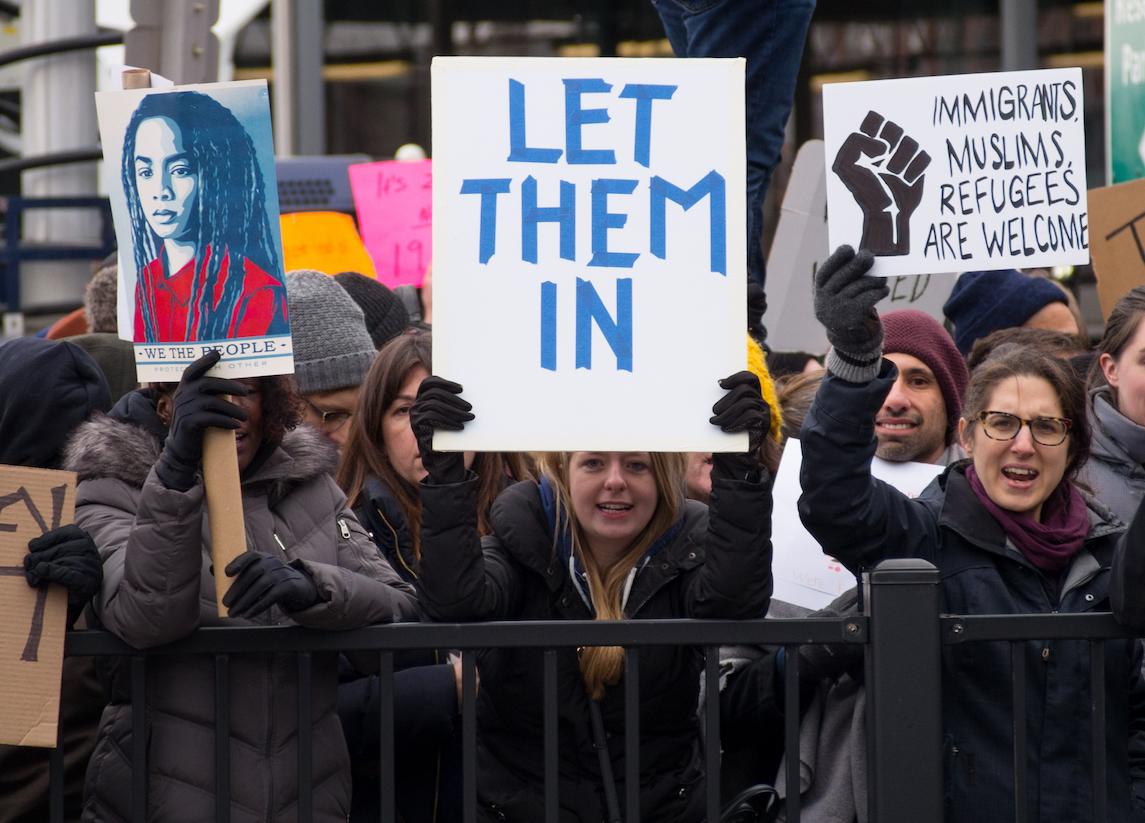It’s that time of year again — the time to prepare new filings for the “H-1B Lottery.” The last H-1B season was unlike any other, starting with the “Programmer Memo” issued on March 31, 2017, and the suspension of premium processing. That was followed by a deluge of “requests for evidence” on seemingly straightforward petitions. My firm received such requests on 75 percent of cases, and we eventually got them all approved.
As my firm is getting ready to file a new batch of H-1Bs on April 1, I would like to share what I learned from last year.
The main lesson is very simple: Take extra care when preparing H-1B petitions.
This requires working closely with an experienced attorney, creating a very well-developed job description, selecting a truly appropriate occupational classification and wage level, and providing enough information about your business to demonstrate the professional nature of the H-1B job.
The deluge of requests for evidence came as a complete surprise.
Generally, the Trump administration’s anti-immigration attitude hasn’t brought about any significant legislative changes yet, but every-day immigration practice has already changed beyond recognition. With respect to work visas, this change stems from the President’s “Buy American Hire American” executive order issued on April 18, 2017, announcing the administration will focus on “protect[ing] the economic interests of U.S. workers and prevent[ing] fraud and abuse within the immigration system.”
Ominously, the H-1B is the only type of visa specifically mentioned in that order: the Department of Homeland Security and Department of Labor are ordered to “suggest reforms to help ensure that H-1B visas are awarded to the most-skilled or highest-paid petition beneficiaries.”
Following that executive order, United States Citizenship and Immigration Services (USCIS) issued countless “requests for evidence” for H-1B petitions requesting Level 1 wage (the lowest of four wage levels set by the Department of Labor). Until last year, Level 1 wages alone had never presented a problem, especially for clearly professional occupations such as engineers, software developers or accountants. The deluge of RFEs came as a complete surprise. There were two types of Level 1 RFEs: in some cases, USCIS would argue that a job was not professional and thus did not qualify for an H-1B visa; in other cases, usually where the job description appeared more complex, USCIS would claim that Level 1 wage was too low.
Does this mean that employers should shy away from Level 1 wages for H-1B workers this year? Not really.
As I mentioned above, we successfully defended all our Level 1 H-1Bs and, armed with the last year’s experience, we are determined to achieve the same result this year. That said, it is more important than ever to select the appropriate wage under the Department of Labor regulations, instead of automatically selecting the lowest number.
Your lawyer must do a careful analysis of the requirements for the position under the Department of Labor guidelines, select the wage level that is truly appropriate, and meticulously document his or her research and analysis. That way, you’ll be prepared to defend your position in case of a request for evidence.
For positions that clearly require at least a bachelor’s degree in a specific field, such as software developer, Level 1 should be appropriate for an entry level position. For positions that do not always require a degree in a specific field, such as many positions in business or marketing fields, using Level 1 wage is often more problematic.
Last year, USCIS also challenged many H-1Bs on the basis that the proposed position was not a “specialty occupation,” either because it does not require a bachelor’s degree for entry level positions or because degrees in more than one field are typically acceptable. In the technology field, the position of a computer programmer has been problematic for years and the issue was raised again in the USCIS memo issued on March 31.
Other technology jobs that USCIS challenges frequently are…
- business analyst,
- computer systems analyst,
- product manager,
- UX designer
…to give just a few examples. This does not mean that an H-1B petition for one of these positions is a futile effort. In addition to general requirements for entry level positions, USCIS is supposed to consider other factors: the complexity of the specific job, company hiring practices, and industry standard practices among similar companies. Your attorney should help you select the appropriate occupational classification and then, if necessary, guide you in collecting additional evidence that may help reinforce the petition.
It is also more important than ever to ensure proper compliance with all H-1B regulations. Your Public Access Files for all your H-1B cases (sometimes called Public Inspection Files) should be in order, and you should contact your attorney as soon as possible if you don’t know what Public Access File is.
There are also strict compliance requirements for all changes to H-1B holders’ jobs, including office moves, changes to duties or salaries, etc. Always tell your lawyer about these changes before they occur. We suspect site inspections may increase in the future and you should prepare for that possibility, with the help of an experienced lawyer.
As a final point, I’d caution you that even people who already have H-1Bs are not immune to the USCIS requests described above.
Under a new policy announced in October 2017, USCIS no longer has to give deference to prior adjudications, which means that current H-1B holders may face problems when extending or amending their H-1B status or changing employers.
It is a good idea to assess your case carefully before filing any H-1B petition, prepare for the extra scrutiny it is likely to encounter, and consider a backup plan in the form of a different visa option (e.g., O-1 or L-1). Employers may want to consider starting the process of permanent residence sponsorship for their most valuable employees sooner, to avoid any complications down the road arising out of prolonged H-1B status.







